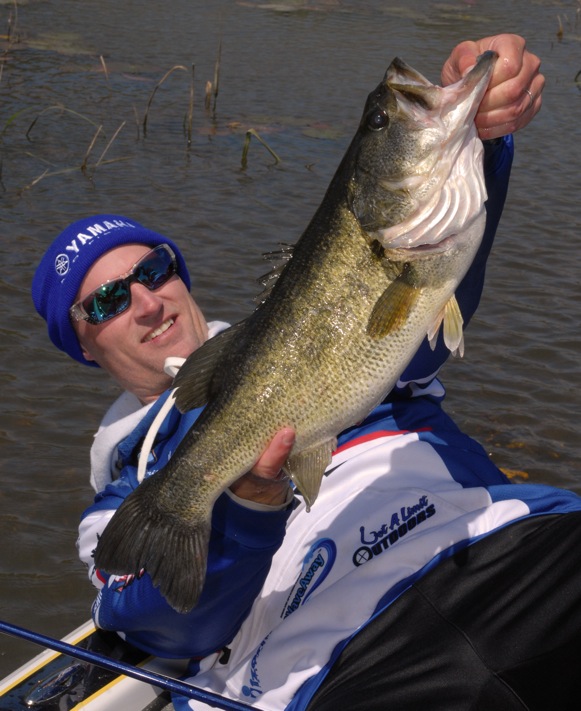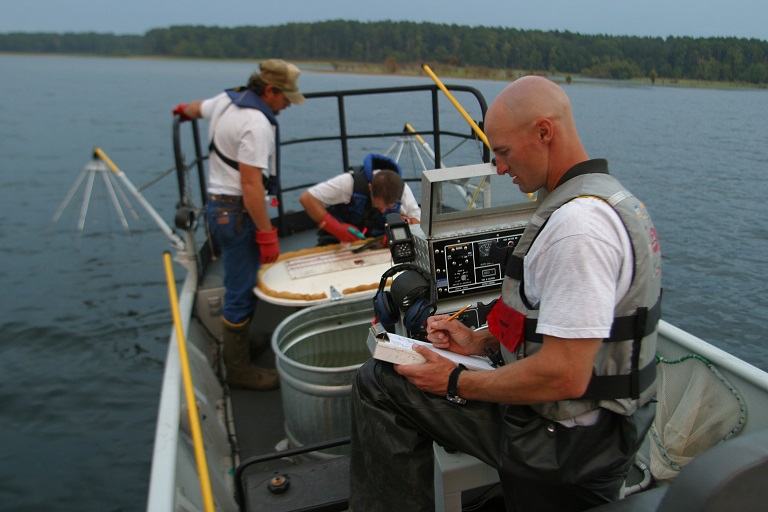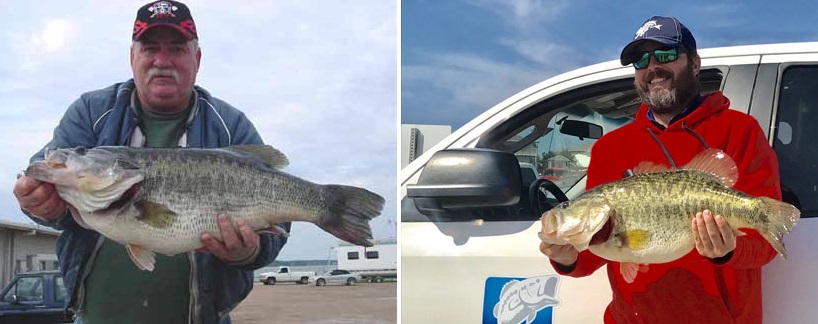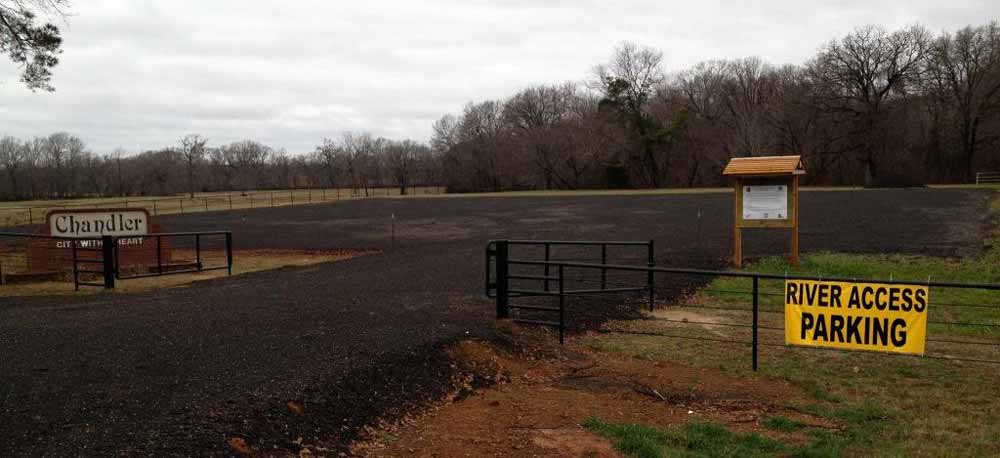Caring for Tournament Caught Bass
Friday, May 19th, 2017This is Passport to Texas
During the Toyota Bassmaster Texas Fest Tournament each professional angler has a judge onboard to weigh and immediately release their catch.
During a typical tournament, you know, anglers are allowed to keep five legal fish per person in a live well in the boat.
Inland fisheries district biologist, Todd Driscoll says immediately releasing them back into the lake reduces stress to the bass and the risk of livewell-related mortality.
Study after study have shown that you can pretty much average that at about five percent. So, during one of these tournaments, if there’s a hundred bass that are caught, weighed and immediately released, ninety-five of those bass are going to be plum fine and in great shape. Whereas, with a traditional tournament—bass held in live wells and taken to the scales—around 25 percent die. So, it’s five percent versus twenty five percent. And that’s what makes the catch, weigh and immediate release format so much better.
Texas Parks and Wildlife perfected the format over 10 years of the Toyota Texas Bass Classic, where it was first implemented in a large, professional-level tournament—with only minor hesitation from pro anglers.
When you implement that catch, weigh and immediate release format, the entire tournament results are predicated on what that judge does. So, they’re highly trained; they absolutely know what they’re doing. And after one event, nearly all the tournament anglers were behind that process.
The Sport Fish Restoration program supports our series.
For Texas Parks and Wildlife…I’m Cecilia Nasti.



![Mike Iaconelli during the 2006 season. [Image from www.bassmasters.com]](https://passporttotexas.org/wp-content/uploads/2017/05/bassmaster.jpg)



 Passport to Texas is a
Passport to Texas is a  Passport to Texas is made available by:
Passport to Texas is made available by: